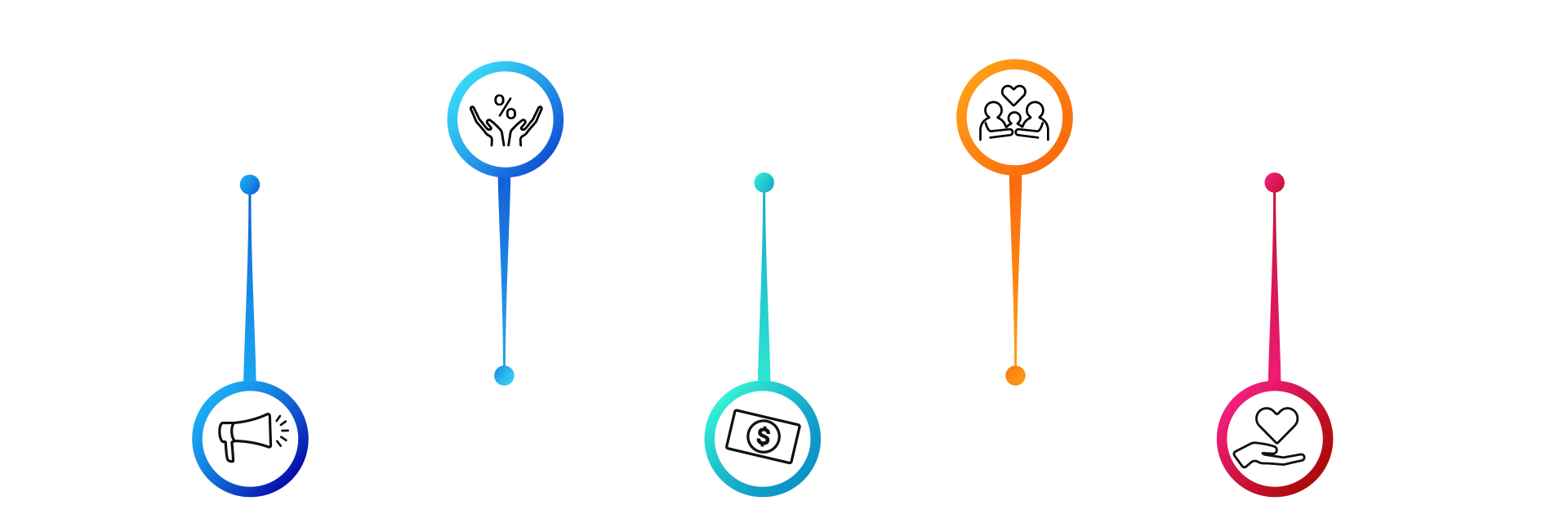
Website Information Architecture For Refining User Journeys
Seamless website navigation and user experience from first impressions to final conversion.
When users can easily find the information they need, they engage more deeply and become more likely to convert. When they can’t, they leave and look for other solutions.

What is Information Architecture for Websites?
Information architecture describes the strategic organization of website content and navigation that creates a cohesive, intuitive user experience.
Information architecture can be measured by asking:
- How easy is it to find specific information?
- How intuitive are the navigation menus?
- Is there a clear hierarchy that prioritizes important information?
- How consistent are headings, labels, and UI elements?
- Does the site effectively guide users toward conversion?
When you connect these aspects together, you get a systematic approach to building a user experience that aligns with business goals.

Mapping Architecture Around the User Journey
For most businesses, prospects progress across several milestones before finally converting into customers. The experience that customers undergo leading up to—and after—the sale is called the “User Journey.” How did they learn about you? What made them reach out? How does your business stand apart from competitors? These are all important questions to answer.

How Does Strategic Information Architecture Build Value?
Better User Experience
Clear navigation and well-organized content keeps visitors engaged and reduces frustration.
More Conversions
Strategic placement of calls-to-action and intuitive user journeys guide visitors naturally toward becoming customers.
Improved SEO
Clean site structure and organized content hierarchy help search engines better understand your website.
Reduced Support Burden
Users can find answers independently, decreasing basic support requests and freeing up time for more valuable work.
Supports Employees
Team members find resources faster, onboarding new staff is easier, and website content is easier to manage.
Scalability & Maintenance
Forward-thinking architecture is designed with business growth in mind, making it easier and more cost-effective to add new content.
Strong information architecture intentionally guides user experience in a way that also aligns with business goals.
What Does Poor Architecture Look Like?
Even a beautiful website can be poorly structured. When a site is poorly organized, it creates barriers between users and their goals. They can’t find what they’re looking for, get frustrated, and leave without converting.
What it looks like:
- It’s hard to find basic information about your products and services
- Key pages take more than 3 clicks to reach from the homepage
- Navigation menus are too simple or overwhelming
- Page content is thin or doesn’t align with user expectations
- Engagement metrics are low, and bounce rates are high



